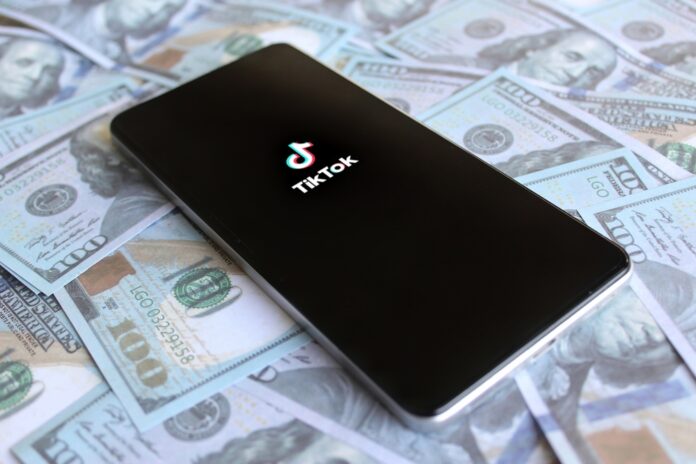TikTok has already been reshaping content consumption and how brands engage with audiences. Now, with the official launch of TikTok Shop in Brazil, the platform promises to go further: turning entertainment into revenue. But faced with this novelty, an inevitable question arises: is this a passing fad, or are we looking at a global trend that is here to stay?
TikTok Shop’s proposition is simple in theory and ambitious in practice. It aims to integrate the entire shopping journey within the app itself. Users discover a product in a video, become interested, check reviews, interact with creators, and complete the purchase in just a few clicks—all without leaving the home screen. All of this is powered by the light, creative, and engaging content that made the platform a global phenomenon.
According to the platform's own data, 90% of users who made purchases through TikTok Shop were satisfied with their experience. In Brazil, one out of every three users has already bought something they saw on the platform. The shift is clear: consumption habits are changing, and brands must keep up.
It’s true that social networks constantly spark trends. But TikTok Shop has already moved beyond that phase. The model of immersive, real-time shopping—blending live streams with digital storefronts and organic content—is already well-established in China and Southeast Asian countries. And the behavior observed there is beginning to repeat itself here.
In Japan, where TikTok Shop has just launched, expectations point to a direct impact on local e-commerce. In Brazil, the potential is even greater. We’re talking about a platform that already reaches millions of active users, with extremely high engagement levels and a user base that’s highly receptive to new consumption formats.
TikTok Shop requires more than simply putting products up for sale. Brands must understand the platform’s logic, produce native content, identify influencers with real synergy, and stay agile in response to trends Those who treat the tool as a traditional channel—copying strategies from marketplaces or older social networks—will struggle to achieve significant results. The good news is that complete solutions already exist for brands looking to enter this space in a structured way.
While it’s true that consumers are increasingly connected and demanding, it’s also true that they seek faster, more authentic, and integrated shopping experiences. TikTok Shop meets exactly that demand. This is not a passing trend but an adaptation to the behavior of a generation that shops the same way it consumes entertainment: in the flow, with a tap, in the now.
There is still a path ahead, of course. Infrastructure, logistics, and strategy maturation are points of attention. But the outlook is promising. And more than just keeping up with change, it’s essential to understand it and take action. In the end, TikTok Shop isn’t just changing the storefront—it’s changing the logic of consumption.


